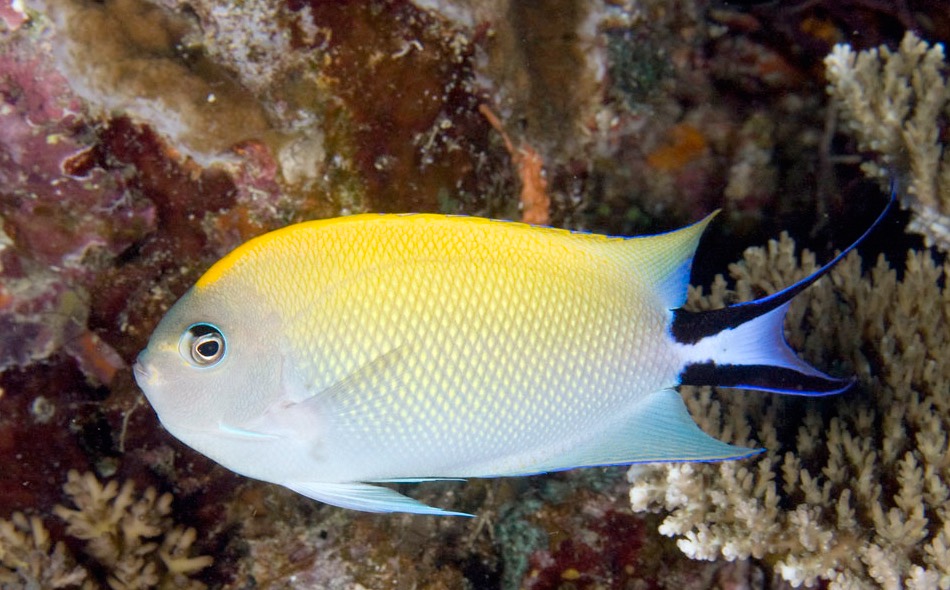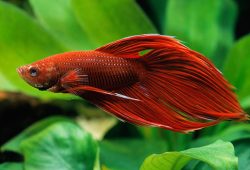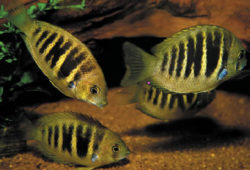Excellent Reef-Safe Angelfish
This article tells you about Excellent Reef-Safe Angelfish. While most angelfish are not reef-safe, angels from the genus Genicanthus will leave your corals and sessile invertebrates alone.

Angelfish from the genus Genicanthus are some of the best angels for a reef tank. Known commonly as swallowtail or lyretail angelfish, these fishes are so-named for the distinctive shape of their tailfins. Long-lived, largely peaceful and quite active, these angels make ideal specimens for the home aquarium.
Observant aquarists will likely notice that species in this genus possess a relatively small mouth. This small mouth is well adapted for feeding on plankton in the water column, which is good news for reef keepers drawn to the interesting behavior and striking coloration of angelfish, but who also know full well that most angels will make short work of many corals. As planktavores, members of the genus Genicanthus are not as inclined as most angels to pick at corals and sessile invertebrates, giving them the designation of reef-safe.
In addition to being considered reef-safe, members of the genus Genicanthus can be kept in small groups of one male and one or more females per tank (although don’t try to house more than one male in a tank). Given the stunning sexual dimorphism found in most species, keeping at least a pair together is, in most aquarists’ opinion, well worth the cost of these relatively expensive fish.
Another advantage to keeping species from the genus Genicanthus is the fact that they are mostly peaceful fish and generally do quite well in the community reef tank. The exceptions to this rule are when they are housed with smaller planktavores (e.g. some wrasses and gobies) who may be harassed by the angels as they compete for the same food source. Triggerfish, larger angels and larger planktavores may act aggressively to angels from the genus Genicanthus, although many aquarists successfully keep these fish together in large tanks.
Members of the genus Genicanthus tend to be fairly parasite and disease resistant. One thing to look out for in wild-caught specimens, however, is swim-bladder trauma secondary to improper decompression during capture. Before buying one of these fish, make sure it is swimming normally in the tank at the local fish store. If an initially healthy specimen is obtained and acclimated properly, it should bring many years of enjoyment.
While there are several species in this genus commonly available to the marine aquarium hobbyist, two deserve specific mention: G. bellus (commonly known as the Bellus Angelfish, Bellus Lyretail Angelfish, Ornate Angelfish, or Boray-Boray) and G. watanabei, (commonly called the Blackedged Angelfish, Hirenagayakko, Paraharaha or simply the Watanabe’s Lyretail Angelfish).
Both rarely if ever exceed seven inches in length making either ideal for reef tanks in the 75- to 175-gallon range. Both species are beautifully colored and possess striking sexual dimorphism. Given the fact that they are also active, long-lived and relatively hardy, there is little deterrent to keeping either species other than their price. Be warned, a two to three inch male Bellus Angelfish can cost as much as $110 while a similar-sized male Wantanabe’s Angelfish can fetch up to $125.



